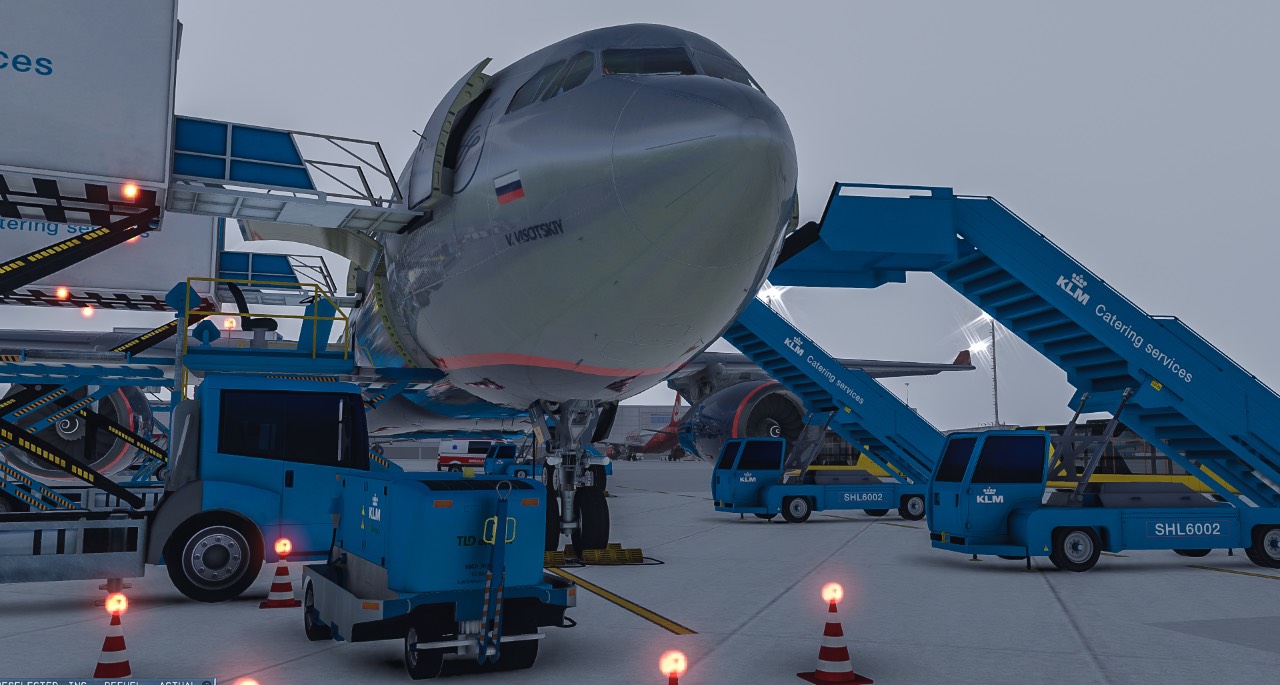X-Plane is a powerful and exhaustive flight simulator that makes it simple to experience flying any plane in a wide variety of situations from the comfort of your home desk. As an advanced, professional-class flight simulator, X-Plane for Mac, supports add-ons for planes, scenery, and background, and has up-to-date, complete information for real airports.
X-Plane - Latest Info and Details
X-Plane is a flight simulator for Linux, Mac OS X and Windows by Laminar Research. X-Plane is packaged with other software to build and customize aircraft and scenery, offering a complete flight simulation environment. X-Plane also has a plugin architecture that allows users to create their own modules and aircraft, extending the functionality of the software by letting users create their own worlds or replicas of places on earth.

It comes with five scenery disks, and one with scenery and the actual simulator. It allows flight from -70 degrees south to 74 degrees north. Switching the planet to Mars is an option that comes with the game, and although the air is thin, flight is possible.
X Plane 9 Aircraft Downloads
FLIGHT MODEL
X-Plane differentiates itself by implementing an aerodynamic model known as blade element theory. Traditionally, flight simulators try to emulate the real-world performance of an aircraft by using lookup tables to find known aerodynamic forces such as lift or drag, which vary with flight condition. These simulators do a good job of simulating the flight characteristics of the aircraft they were designed to simulate (those with known aerodynamic data), but are not useful in design work, and do not predict the performance of aircraft when the actual figures are not available.
Blade-element theory is one method of improving on this. It is a way of modeling the forces and moments on an aircraft by individually evaluating the parts that constitute it. Blade-element theory and other computational aerodynamic models can be used to compute aerodynamic forces in real time or to pre-compute aerodynamic forces of a new design for later use in a traditional lookup table type of simulator.
With Blade-element theory, a wing, for example, may be made up of many sections (1 to 4 is typical), and each section is further divided into as many as 10 separate sections, then the lift and drag of each section is calculated, and the resulting effect is applied to the whole aircraft. When this process is applied to each component, the simulated aircraft will fly virtually like its real counterpart does. This approach allows users to design aircraft on their computer quickly and easily, as the simulator engine will show immediately how an aircraft with a given design might perform in the real world.
X Plane 10 Download Full Version Free
X-Plane can model fairly complex aircraft designs, including helicopters, rockets, rotor craft and tilt-rotor craft. Famous real-world aircraft modeled in X-Plane include the V-22 Osprey, the Harrier Jump Jet, the NASA Space Shuttle, and Scaled Composites SpaceShipOne.
X-plane 10
Blade element theory has shortcomings, as it can sometimes be difficult to design an aircraft that performs precisely as would real-world aircraft. However, as the flight model is refined, the simulator can better resemble real-world performance, and aircraft quirks and design flaws.